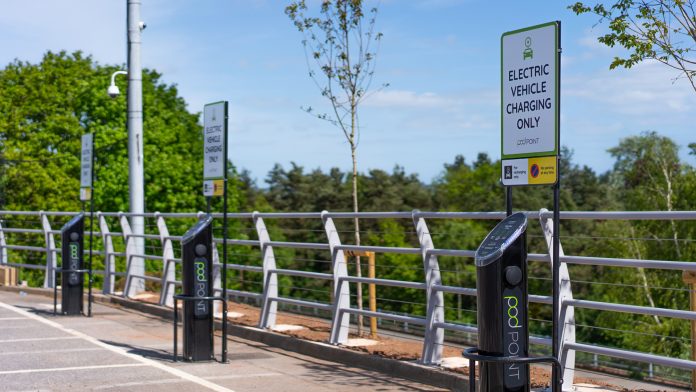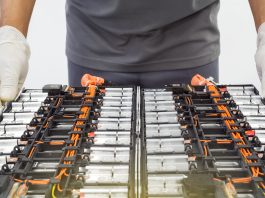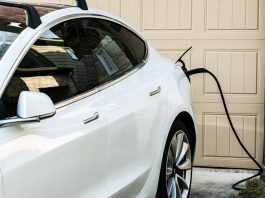James McKemey, Head of Policy & Public Affairs at Pod Point, explores the current dynamics, challenges, and future outlook of EV charging infrastructure in the UK.
To assess the EV charging infrastructure landscape, it is important to understand that EV charging differs from the refuelling of internal combustion engine (ICE) vehicles. All conventional fuel pumps are essentially the same, whereas a ‘chargepoint’ can mean a discreet 7kW socket on a wall at someone’s home or work, right up to an expensive 350kW DC charger in a motorway service area.
Pod Point uses the concept of the charging ecosystem to show where we predict energy will flow into EVs in a mature charging infrastructure market.

Recognising that cars spend >95% of their life parked and that replicating petrol-style recharging speeds is unrealistic, Pod Point focuses on ‘putting a Pod Point everywhere you park’, with a smaller provision of high-powered charging for infrequent en-route charging. We predict up to 90% of recharging will happen where 0% of refuelling happens today – at homes and at work. The public network is still essential but offers a minority of charging, unlike the 100% refuelling it does for ICE vehicles.
The commercial landscape of EV charging
Looking at different segments of the EV charging ecosystem, we see a diverse commercial landscape. Home charging is a vibrant, functional market, with multiple providers competing healthily. Likewise, the work and destination markets are working well, albeit not yet quite as fast-paced as the home market. While huge investment is pouring in, the en route network is arguably a little constrained, especially for non-Tesla drivers and particularly in motorway service areas. This is largely due to a lack of competition that has kept would-be providers out of these key locations, whilst requirements for huge grid connections have motivated the UK Government to reserve almost £1bn for grid upgrades. However, any issues with the provision will be resolved in due course.
Initial misconceptions about charging
One of the first challenges the industry faces is overcoming a significant misconception among the ICE driving public, who instinctively imagine they will spend much of their EV life driving to high-powered charging hubs, much as they do to petrol stations today and are thus very anxious about charge time. The industry must overcome this fear by offering rapid charging for the handful of times it is needed, recognising that it will never match refuelling times, and emphasising that this doesn’t matter – your car usually charges where it is parked. We believe much of the recent press furore around charging is due to a genuine lack of understanding.
As such, we must emphasise that faster isn’t always better, but it is more expensive. The costs of huge grid connections and expensive switch gear must be recouped in per kWh pricing. To this end, I have pretentiously coined “The McKemey Rapid Charge Paradox” – the faster the charger, the longer you spend waiting. DC chargers detain you in the vicinity of your charging car, ready to move it, whilst all other charging allows you to get on with your life – sleeping, working, shopping, exercising etc. – returning to your car when convenient.
Current lack of vehicle supply
Over the last year or so, the already significant lead times on delivering new battery electric vehicles (BEVs) have often extended to over a year. This is clear evidence that most OEMs cannot supply BEVs to meet current demand, representing the most significant current constraint on progress.
Furthermore, a far wider choice of vehicles for customers in the ICE market remains, which must change to ensure greater uptake. Most established OEMs are yet to wholly commit to electrification, understandably reluctant to write off large investments in legacy ICE manufacture, even though the ICE and hybrid cars produced are self-evidently inferior products to BEVs. Indeed, leaving a handbrake engaged in a BEV vehicle might neatly emulate the sluggish performance, inefficiency and propensity for components to wear out that define driving combustive vehicles.
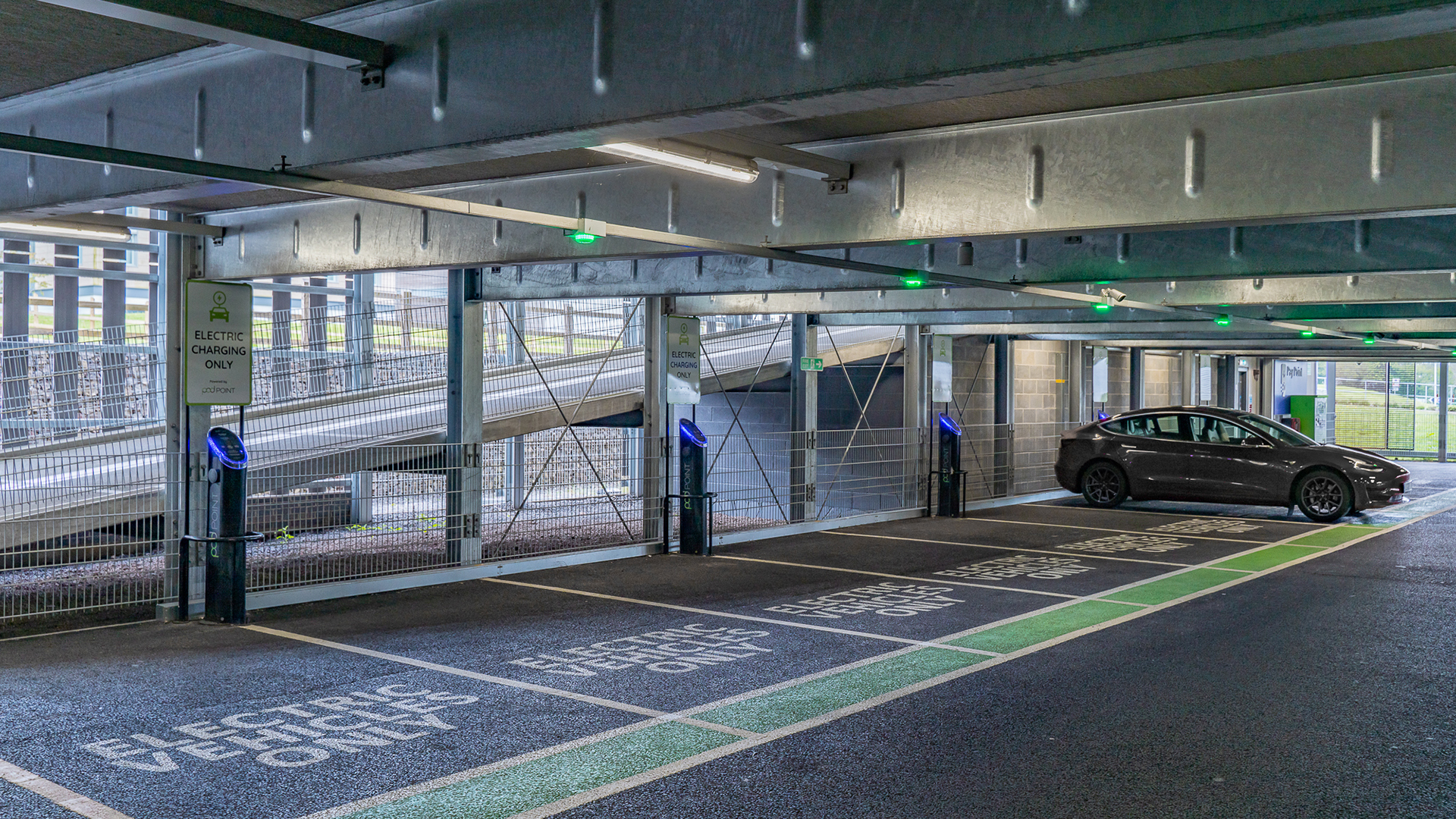
Meanwhile, there is good news for prospective EV buyers in that the average price of used EVs has fallen by 13% over the last year, according to AutoTrader. The number of second-hand BEVs listed on the automotive marketplace increased by 261% in the same period. While this doesn’t increase the BEV supply, it will improve accessibility for some buyers. The price drop also follows a reduced asking price for new Teslas, the UK’s most popular electric car models.
High electricity prices
Another barrier is a dramatic spike in the cost of electricity. Mercifully this is likely to be a short-medium-term dynamic, wholly caused by the spike in the price of natural gas. The price of gas has already started to subside, which ought to bring relief in the coming months. Even better, in the coming years/decades, we will decouple our electricity cost from the price of fossil fuels entirely, with the proliferation of renewables like wind and solar, twinned with storage technologies. Indeed, the medium to long-term looks like one of very low electricity costs.
Trickier use cases – on-street charging?
One of the most common concerns is how to charge cars for those who don’t have off-street parking at home (about 28% of UK drivers, according to PWC’s ‘Charging Ahead’ report). There is no single solution to this issue. Instead, a range of solutions will get the job done. Firstly we must look to other parts of the EV charging ecosystem, with workplace charging, in particular, offering a significant opportunity for many drivers, whose car is their primary means of commuting.
Of course, there are use cases. The author of this piece is one, or for example, a van driver that parks on the street somewhere near their home each night and attends a different site for work every day, where the public network will have to cater for all of their charging.
Targeting destination chargers, i.e. parking where you charge and charging where you park, with occasional overnight stays at chargepoints in local long-stay car parks, covers the bulk of my charging (all except infrequent en route DC charging for long journeys). And destination charging represents a part of the charging ecosystem that can be greatly scaled in existing car parks.
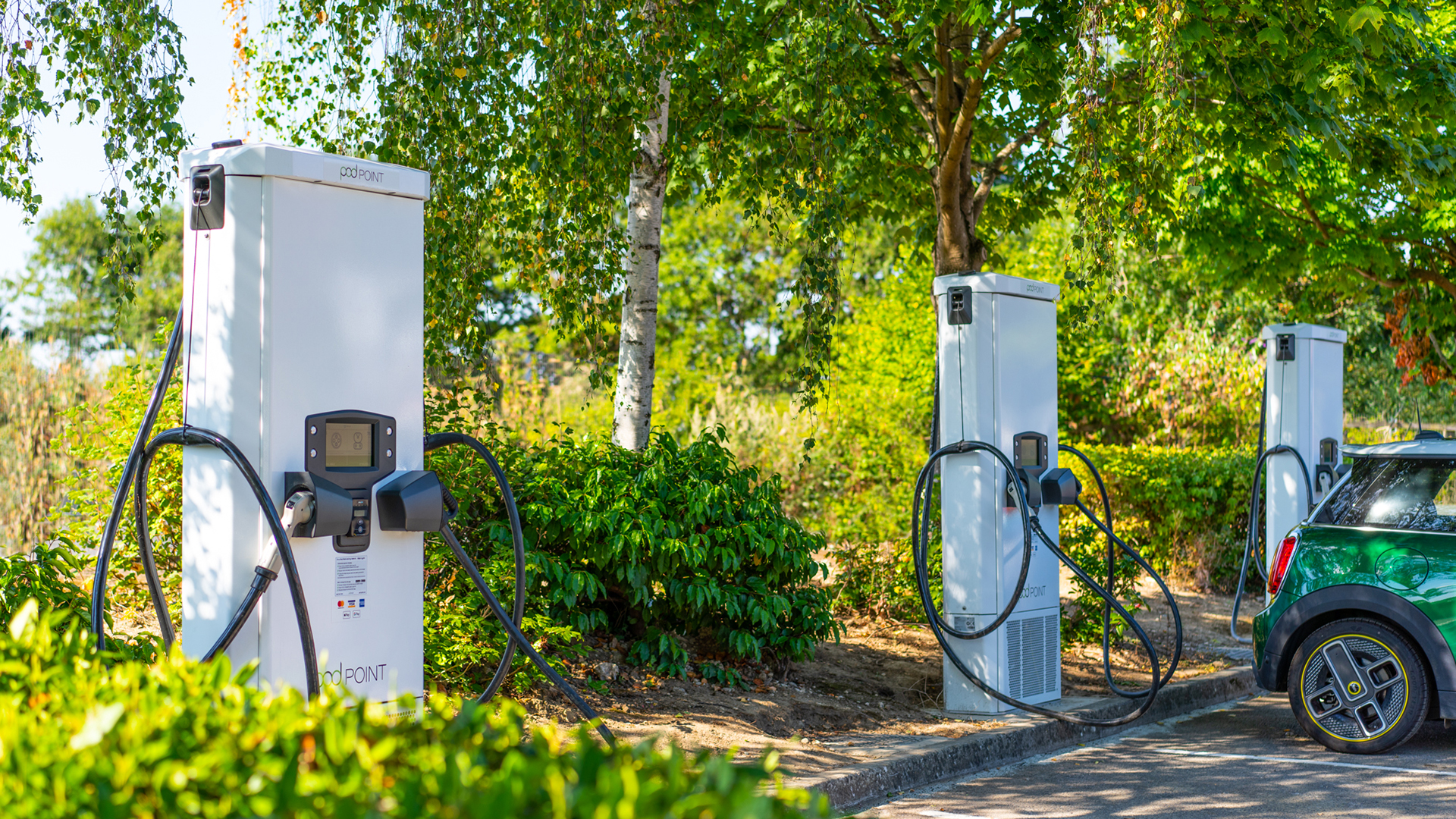
There are those who believe replicating refuelling with hub-style rapid DC charging will cater for these drivers, and this may well work well for some. However, it is arguably less convenient and likely more expensive for these drivers than AC charging at destinations.
One alternative is to put EV charging infrastructure at scale into the streets. With the exception of lamppost charging – a clever innovation with a hard limit on its scale – the industry has yet to tackle this challenge. There is potential here, though it must be innovatively deployed to minimise impediments to pedestrians and be installed cost-effectively. It also relies on a much higher penetration of EVs to ensure viable utilisation and presents contractual challenges deploying in the public realm.
Scale, scale, scale
With the need to move to zero emissions and hydrogen encumbered by insurmountable commercial barriers presented by physics and the need to use large quantities of hydrogen for other industrial priorities – EVs are going to win. Even without the 2030/35 ban, they’re the best cars we’ve developed and will soon be cheaper to make and drive than ICE cars. We’re going to need to install a lot of EV charging infrastructure. While the government estimates 300,000 public chargers will be needed by 2030, the exact proportions across the charging ecosystem may be unclear.
However, we will definitely require millions of home and work chargers, hundreds of thousands of destination chargers, and thousands of en route chargers. Simply tackling this challenge such that EV charging infrastructure stays ahead of demand and doesn’t limit uptake is equally exciting and intimidating.
Working in harmony with, not as a burden to, the grid
Clearly, scale in terms of EV rollout means scale in terms of electricity demand. Naturally, thoughts turn to whether our electricity networks can accommodate this.
Contrary to the pub argument, key stakeholders like National Grid are confident that there is not likely to be an issue finding sufficient energy to transition from ICE to EV. However, accommodating all the charging EVs onto our distribution networks will not be without its challenges.
Fundamentally, EV charging, particularly at home and work, offer great flexibility. There are already thousands of connected devices drawing 7kW, usually for several hours, but Pod Point’s data shows that for most of the time that they are plugged in, they have either concluded charging or are waiting for it to start later (usually to target cheaper off-peak tariffs). This means there is scope to ramp down and/or move the charging around – i.e. flexibility.
Making use of this flexibility will offer several benefits, including helping to ensure peak power loads do not overwhelm networks at times of peak demand, helping to balance frequency on the national transmission network and also enabling the targeting of charging in times of high renewable supply – when power is cheap to generate.
The future outlook of EV charging
With so much scale to come, the future outlook for EV charging infrastructure is undeniably bright.
Battery innovations
Several rival technologies to lithium-ion are in the works, including:
- Solid state batteries;
- Sodium-ion batteries;
- Lithium-air batteries; and
- Ultra-capacitors.
While all may play a role in time, none are currently beating traditional lithium-ion chemistries in optimising energy density and, perhaps most importantly, cost per kWh.
Contrary to popular belief, charge time is a less important factor. Existing technologies charge up to 350kW in cars (though no EVs on the road in the UK even reach 300kW). This is plenty fast enough, even if it can’t compete with petrol refuelling times. Furthermore, the real constraint is on the grid side. As you ramp up the charge rate, you ramp up the power and the cost. The idea of a two-minute 500-mile recharge is probably possible, particularly via ultra-capacitors, but the costs will be so much higher that it is unlikely to be commercially viable.
For what it’s worth, In the case of ultra-capacitors, there may be an exciting structural role for the technology in very high-performance vehicle design, such as race cars.
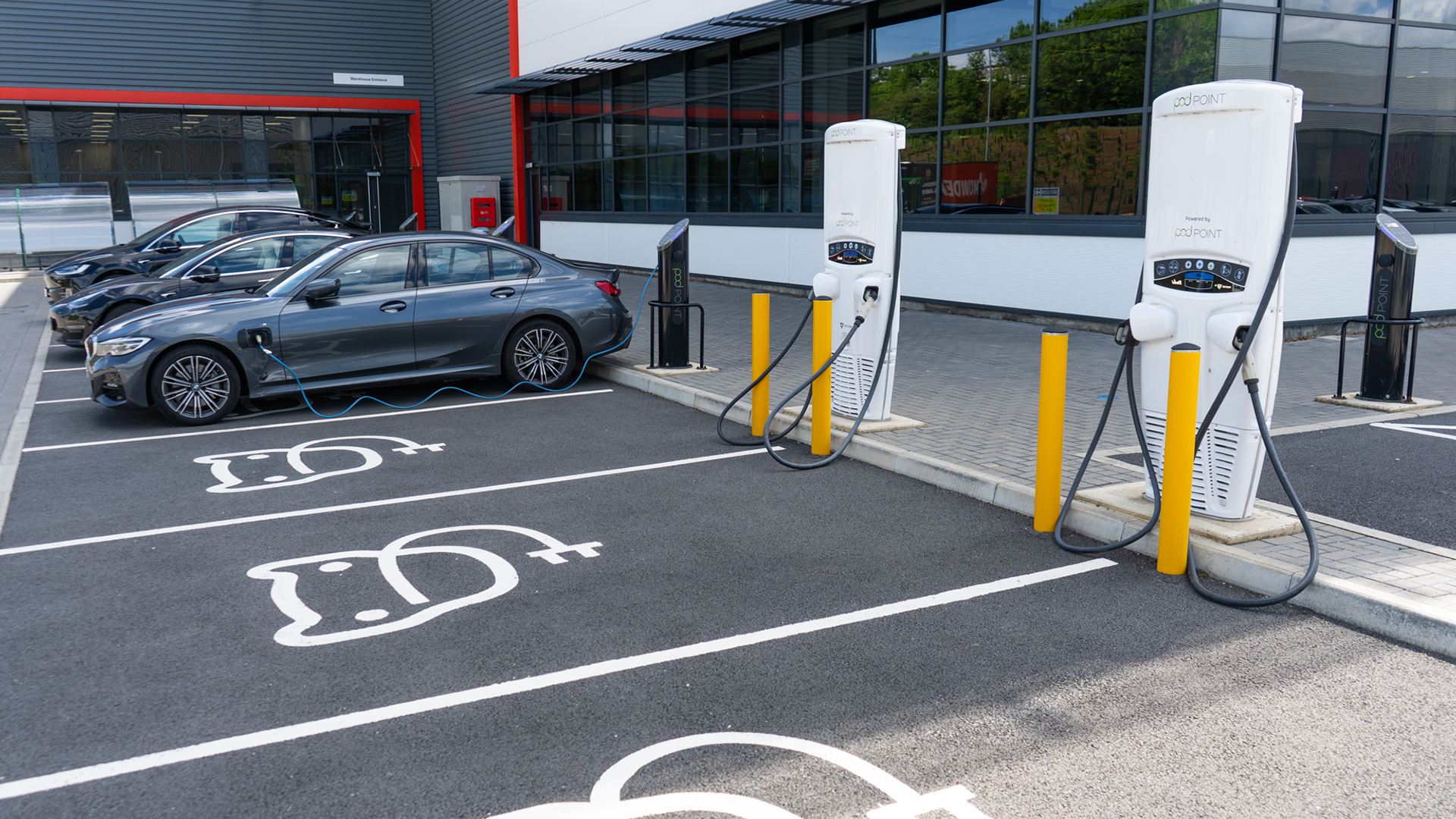
EV charging infrastructure innovations
A number of adjacent technologies with obvious potential benefits are often discussed. All struggle with commercialisation at scale. All have some promise for certain applications. These include:
- Vehicle-to-grid (V2G) – The idea of taking power back out of car batteries into the grid, thereby using the nation’s vehicles as a massive power reserve. Commercial challenges (particularly the need for an additional charger-side inverter and grid integration that undermines the commercial case) have prevented application at scale. Vehicle-to-load ((V2L), however, is starting to see more and more deployment in BEVs. This simply allows the car’s battery to power local devices – for example, the Ford F150 Lightning Electric Pick-Up Truck, which acts as a fully functioning power generator for work sites. According to Ford, it can support a worksite for up to three days with the extended-range battery and requires no costly hardware/grid integration;
- Inductive charging – The opportunity to do away with cables is appealing and inductive charging technology has been around as long as the modern EV industry. However, problems with a marked reduction in efficiency (5-10% energy loss at 7kW), more costly deployment and a headache over standardisation have held back the technology. Interestingly inductive charging gets more efficient than conduction at high power (200kW). However, the losses are emitted as heat to the air, unlike within liquid-cooled cables, which is sub-optimal for obvious reasons; and
- Battery swap – This technology can definitely go toe-to-toe with petrol refuelling for speed, and several examples of this have been seen over the years, from Better Place to Tesla and, most recently, Chinese OEM Nio. Unfortunately, scaling battery swaps holds very clear commercial challenges. Swap stations are highly expensive and need more batteries than vehicles. Still, this is a technology to watch for particular applications, such as heavy-duty vehicles with long-duty cycles and limited downtime.
Still, with smart integration, conductive charging looks to have a commercial edge.
More of the same, just better and cheaper
While there may be technological advances in batteries and charging technologies, it is more important to increase access to what is already available to those who can make use of it.
Today BEVs are comfortably the best road cars ever made. They are faster, safer, vastly more efficient and substantially more sustainable than any rival technology. For those who have access to easy charging, they are vastly more convenient to live with too. But not all have access to this easy charging, and not all can afford EVs.
Rather than any marked step change in technology, the innovations that will have the most significant impact on EV adoption will be those that reduce the cost of making EVs and that will accelerate the rollout of accessible EV charging infrastructure. The drop in price for high-range BEVs will be the most crucial dynamic here.

